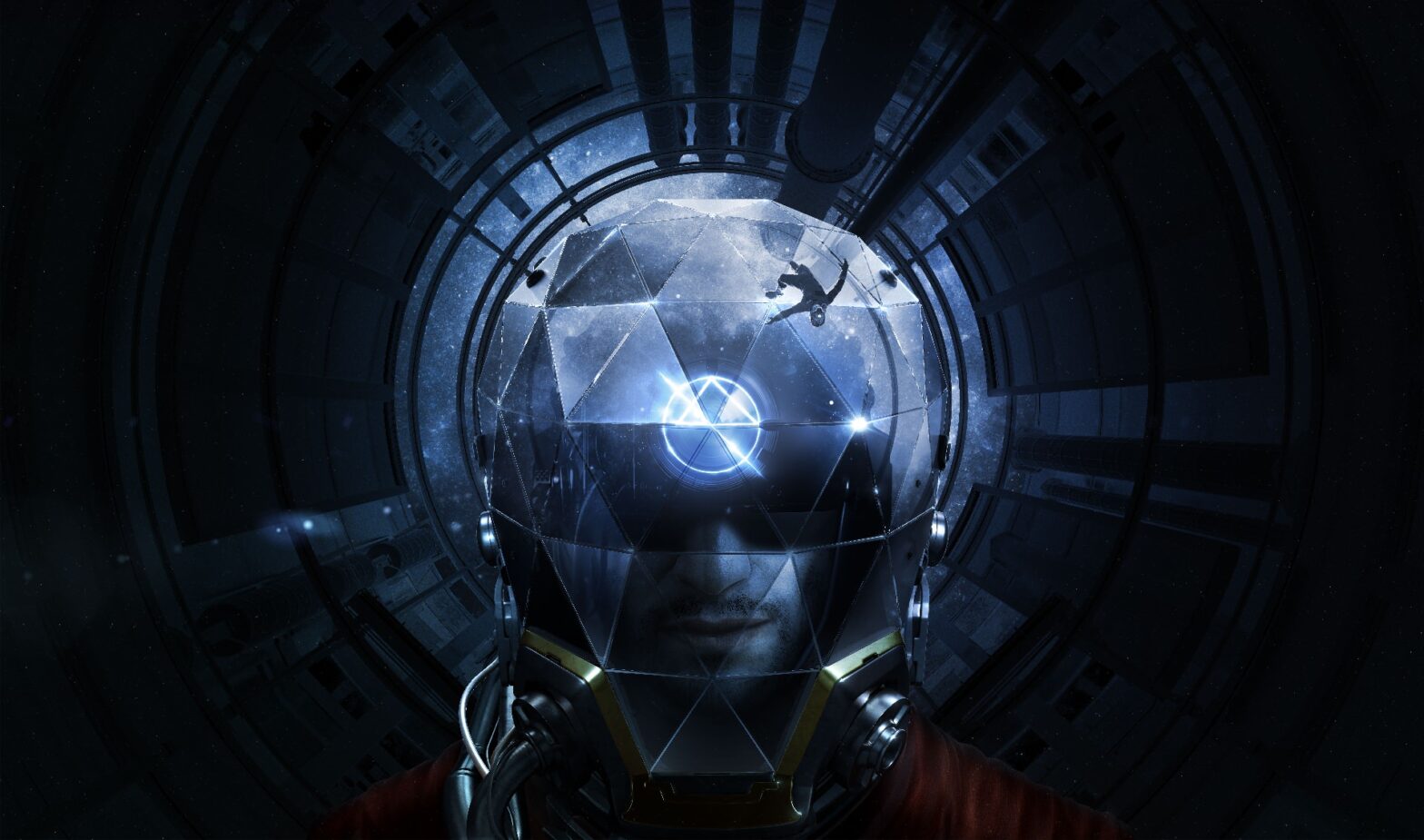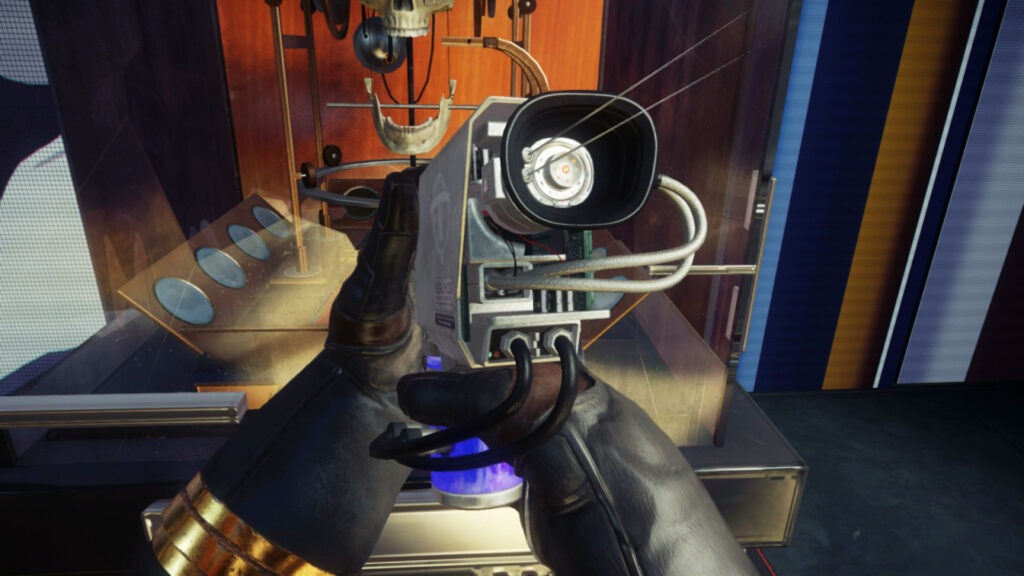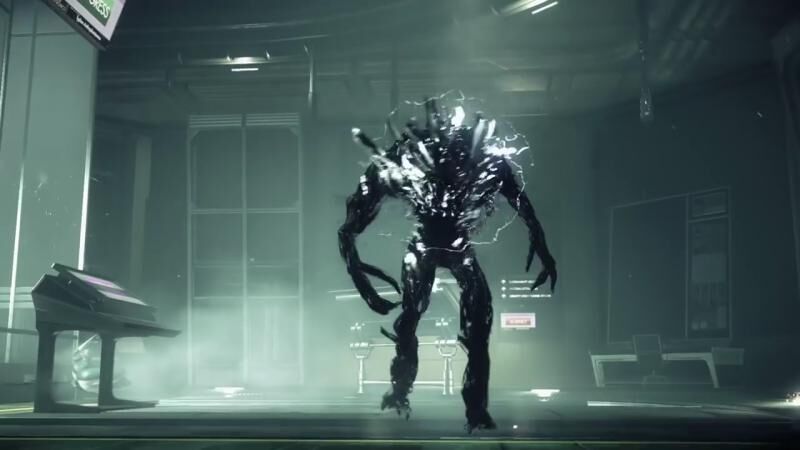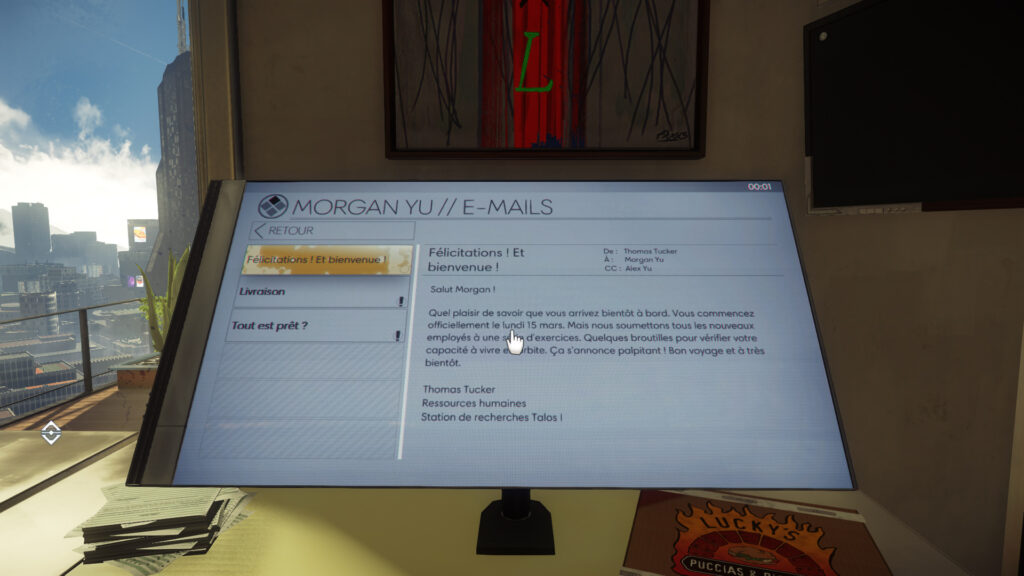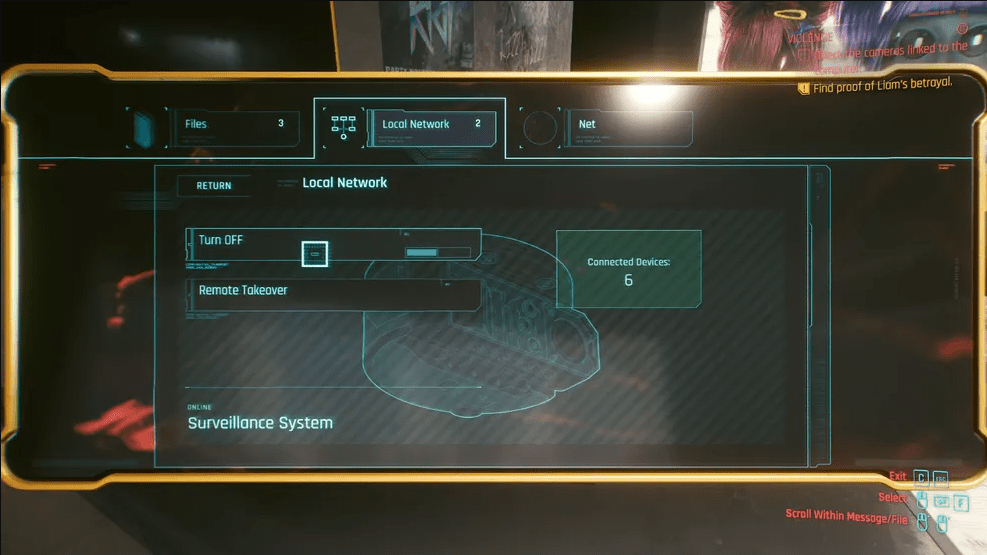Prey is a special game. One of those that come out once in a while and because of their genre they fly under our radar. The sci-fi horror genre has been in recession for years, not gonna lie. Prey, however, is a real hidden gem. A special case of a game that went almost unnoticed if we consider how many things it does right. With Bethesda’s games now available on Game Pass, this is the perfect opportunity to start your exploration aboard Talos 1.
Prey’s inspiration
Prey borrows many things from other successful titles for the basic formula of its story, while at the same time it manages to be itself a source of inspiration for other games that succeeded it. From the very beginning, it’s obvious that Prey has been heavily inspired by BioShock. And I can not blame it for that, BioShock is an absolute masterpiece. Prey’s narrative techniques as well as its setting are similar to BioShock’s. It’s simply inspiration though, Arkane doesn’t straight up copy things over from BioShock. For example, we are trapped in an outlandish world, very different from anything we are used to. No, I’m not talking about Rapture, but Talos 1.
Rapture Concept Art Talos 1 Concept Art
Instructions for our initial objectives are given to us by a seemingly unknown figure through audio calls. Alex Yu, the brother of Prey’s main character, has several similar characteristics to Atlas from BioShock. They might come off as similar, but their motives are completely different, as are their personalities. Soon, we start getting to know the other people aboard Talos 1, without ever getting to meet them face-to-face though. Soon, more and more people start telling you different things about life on Talos 1, and you soon realize that quite a few of them are at odds with each other. Each character has different intentions for you, and not all of them are well-meaning.
At the same time, the “superhuman” characteristics with which we can equip our character on both games have similarities as well. Neuromods are very much like Plasmids as a philosophy. Both are external operations on the human body. The more you use on your character, the more your human nature gets distorted. Likewise, both need materials from the player’s enemies. That way, they both manage to motivate you to become stronger as you progress in the game, while at the same time they put you in a dilemma between greater power and the distortion of your human nature.
Jack injecting a plasmid Alex Yu installing a Neuromod
The final product however, is something unique
However many their similarities, Arkane manages to build a unique world for Prey. Talos 1 is an abandoned space station orbiting the moon. Completely abandoned? Not quite. It has simply fallen at the mercy of an alien species, Typhon. Typhons in their original form are reminiscent of Spider-Man’s Symbiote, but I can assure you that things are much more complicated in Prey.
Enemies vary, as Typhons can take different forms and have different classes. From cutesy spiders that you hammer with your wrench, to things I like to call “Holy sh-, what the f- is that?”. Make no mistake though, even the most seemingly harmless aliens can be extremely deadly. Something that the rest of the Talos 1 crew seems to have found out sooner than you did.
Here’s the cutesy spiders And here’s a “Holy sh-, what the f- is that?”
Prey may be a First Person Shooter, but gameplay-wise it couldn’t be further from simply “shooting at bad aliens”. The gunplay in Prey is fun, and you do need fast reflexes in some fights. But hitboxes are quite large and enemies are not hard to hit. “Another FPS that makes things easy for the filthy casuals” one would say. That could not be further from the truth though.
Progression is much better structured than anything you find in your typical FPS. Unlike BioShock, where Plasmids straight up give you superpowers, Neuromods are toned-down upgrades. They do not make you feel like Superman, they just make your life a whole lot easier. When you spend your Neuromods on specific upgrades, you deprive yourself of another upgrade, usually just as important. The choices you make open new gameplay avenues. So you have to strategically choose where you spend your upgrade points. At the same time, simply playing does not reward you with Neuromods, since Prey does not have a common leveling-system. You find Neuromods in the environment around you, so you have another incentive to explore.
Prey’s true nature
Arkane’s main goal was not to create a fast-paced FPS. There’s no shortage of games like that on the market. Arkane wanted to create a special world that piqued your curiosity by pushing you to explore Talos 1. And that’s exactly what they did. Prey is not exactly Open World game, as many sections of the space station are separated from each other. Trust me though, it offers a better Open-World experience, than most modern Open-World games do.
Talos 1 is designed in heavy detail. Prey’s space station is an exemplary example of perfect game-design and world-building. Every little thing in Talos 1 serves a specific purpose. Prey, from the very first moment, does not forbid you from going anywhere. Player’s freedom of choice is the most important element here. The game gives you hints but never forces you to tackle an objective in a particular way. You have room for real choice here, not just the illusion of it..
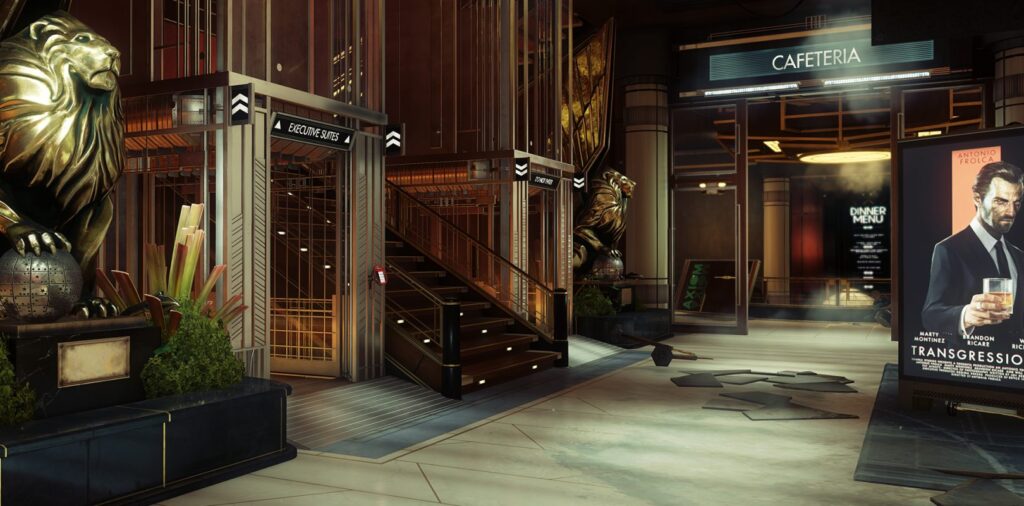
Obstacles in your path are not exactly obstacles per se; they serve as temporary roadblocks. Even the seemingly random boxes that block your passage through a particular path, do not completely prevent you from passing through there in a future revisit. All you need is the right upgrade to get them out of the way. Or a Recycle Charge to completely obliterate them. There are no rules aboard Talos 1. Roadblocks are simple storytelling tools, which serve as to smooth out the flow of the plot and do not make exploration tedious.
The absence of fast travel is another simple thing this game absolutely nails. Many RPGs, especially from Bethesda, after a while, turn into a delivery simulation. You go from one point to another to complete quests. After you open up the whole map, the stimulus for further exploration is completely lost. Why walk from Whiterun to Solitude when you can just fast travel there through the menu? Prey does not put you on that spot. Precisely because you can not fast travel, you need to learn Talos 1’s pathways as the back of your hand. You need to know the fastest and safest routes to get to your destination. After all, danger lurks everywhere aboard the station. Not all areas are safe. You never know where the next Phantom may appear.
Next level storytelling
The most important thing in telling a compelling story is immersion. Visually beautiful environments are not something new in gaming. Many studios have shown us that they can create a beautiful world. But few manage to make it feel real. Talos 1 is not just a beautiful backdrop. It is a place that was full of life until a few minutes before the start of the game.
And this is apparent everywhere. The crew has left behind everything you need to get to know the characters who will accompany you on your journey. You may not get to see them standing in front of you, and you may not be able to save most of them. But you do get to know them through the emails they have left on their computers, the voicemails they send their colleagues and the notes they leave on their desks to remind them of their workstation passwords. The relationships between crew members manifest before your very eyes through these audio logs. Everyone, from the cook to the operators, are perfectly connected to one another and compose one of the most realistic settings I’ve seen.
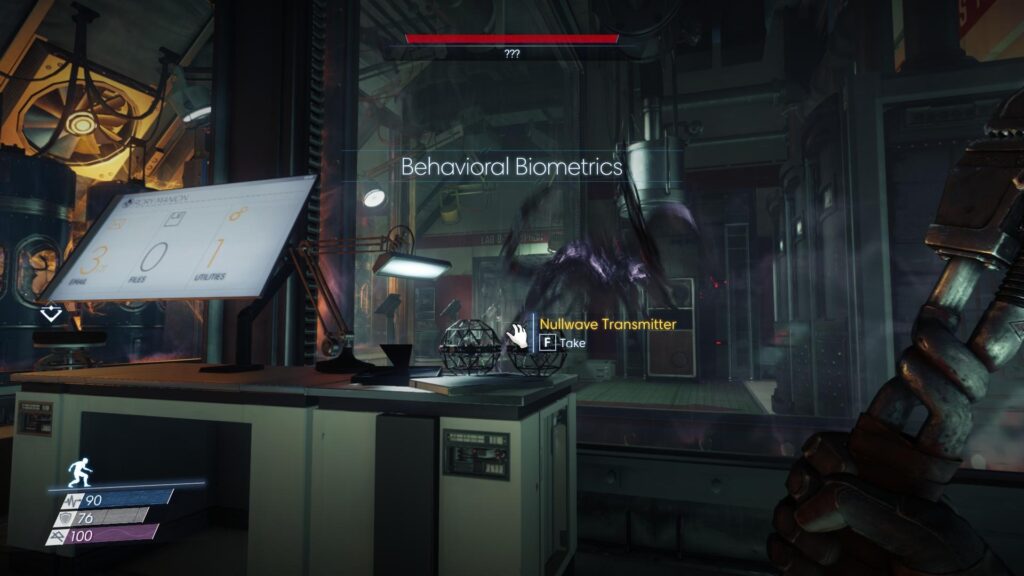
The plot is a huge part of the environment’s cohesion. All the notes, emails, and voicemails are not optional material. You need to read them. Don’t forget that we are simply thrown in a world about which we know practically nothing. As far as the story is concerned, nothing is given to you on a silver platter. The tutorials simply explain how the game mechanics work, not how Talos 1 works. You need to research this yourself, with the help of the characters that are left on the station. As is the case with BioShock though, however, no one can guarantee that what the other crew members tell you is true.
Most narrative-driven games end up collapsing under the weight of the story they build up during the game. Usually, most main quests are done in a certain way, removing freedom of choice from the player. Prey, however, does not face this problem, as most encounters are not scripted events. All game events are in-engine. There are no cut-scenes, no on-rail sequences. This means that you can never predict how an encounter with a Typhon will turn out.
It’s still a horror game
Dynamic encounters, however, add a whole new dimension to Prey’s horror element. Let’s not forget that the aliens on Talos 1 are never friendly. As you might be able to tell from my review of The Medium, I despise jump scares. In this game, however, they have an interesting peculiarity in relation to the typical jump scares. Mimics, the weakest enemy type, have the ability to transform into various objects that are part of the environment. This means that a Mimic could attack you from virtually anywhere. It’s not hard to kill them, but that does not stop them from making your heart race every time a coffee mug gets the jump on you.
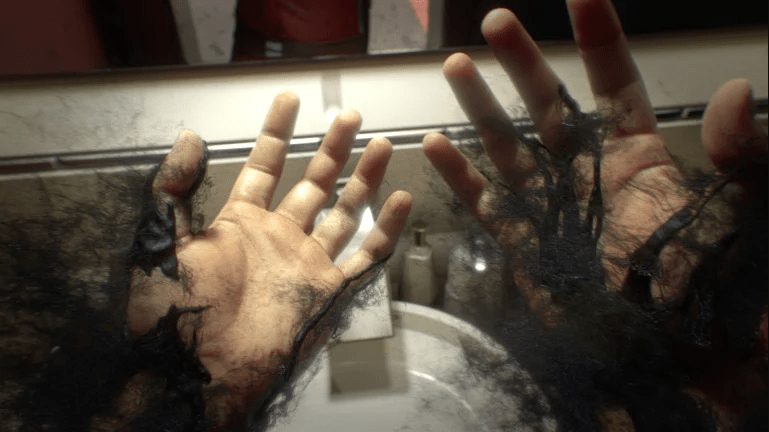
Of course, from some point on you can also transform into any object you want. Just like Mimics, you can get the jump on unsuspecting Phantoms that are simply passing. The good ol’ “an eye for an eye” tactic.
You can acquire Typhon abilities through, let’s just call them special Neuromods. This paves the way for unique encounters, such as the Nightmare. And trust me, the Nightmare is exactly what its name suggests it is. But when you acquire enough Typhon abilities, the turrets that used to be your trusted ally while you were human, start treating you as an enemy. You really become “one of them”. Prey perfectly recognizes the balancing of risk / reward mechanisms. You have to give something to get something else.
How Prey influenced the gaming industry
The fact that Prey did not manage to generate a big buzz from the public during its launch window, does not mean that it went unnoticed by the other devs. Arkane’s exciting world-building managed to influence the design of games that came out after Prey. Remember Cyberpunk 2077? Of course you do, how could you not? It’s clear as day that Prey’s opening sequence served the source of inspiration for the corresponding opening sequence of the Corpo Lifepath. A dramatic flight over the game world in which the player is about to immerse is the best form of greeting between devs and gamers.
Prey Opening Sequence Cyberpunk 2077 Corpo Lifepath Opening Sequence
The interaction between the player and the computer systems found on Talos 1 was also a source of inspiration for Cyberpunk 2077. CDPR uses the same philosophy as Arkane. This way of interacting is one of the most realistic things we have seen in the latest games. Just as we use our computers to communicate with each other, it only makes sense for the characters in our favorite video games to do the same. We have seen the same thing happen in the past with in-game phone calls, looking back on it. Now, in-game audio calls is an established narrative technique.
Prey Computer Interaction Cyberpunk 2077 Computer Interaction
Gaming is not necessarily a competition. There are fruitful results of cooperation between the dev studios. Just as BioShock lit a fuse for Arkane to create Prey, the same thing seems to have happened with CDPR. Or at least that’s the impression I got. Seeing things like that from the gamer’s point of view is truly magical. Of course it is not only computer interactions and opening sequences. Prey also had a huge hand on Cyberpunk’s Cyberware (same thing as Neuromods really), Chipsets, Crafting System and inventory management.
So, should I play Prey?
Undoubtedly. It’s one of the most interesting games I’ve ever come across. If you like games with a deep plot, jaw-dropping worlds to explore, and gameplay that will keep you constantly on your toes, you have just found the next game on your shortlist. It may have been a while since its release but Prey doesn’t seem to have aged a day. Graphic fidelity remains top-tier quality, just like the sound design. The plot and art design are timeless. Even if sci-fi/horror is not your vibe, you will definitely appreciate Prey’s approach to all the themes it presents.
Of course, it goes without saying that Prey also has its weaknesses. The plot for example lasts a little longer than it should, just enough to become a little tedious with fetch quests as we approach the finale, while the game does come to a close somewhat abruptly. Also, some of the human NPC anmations, never miss the chance to bug out and give you the creeps.
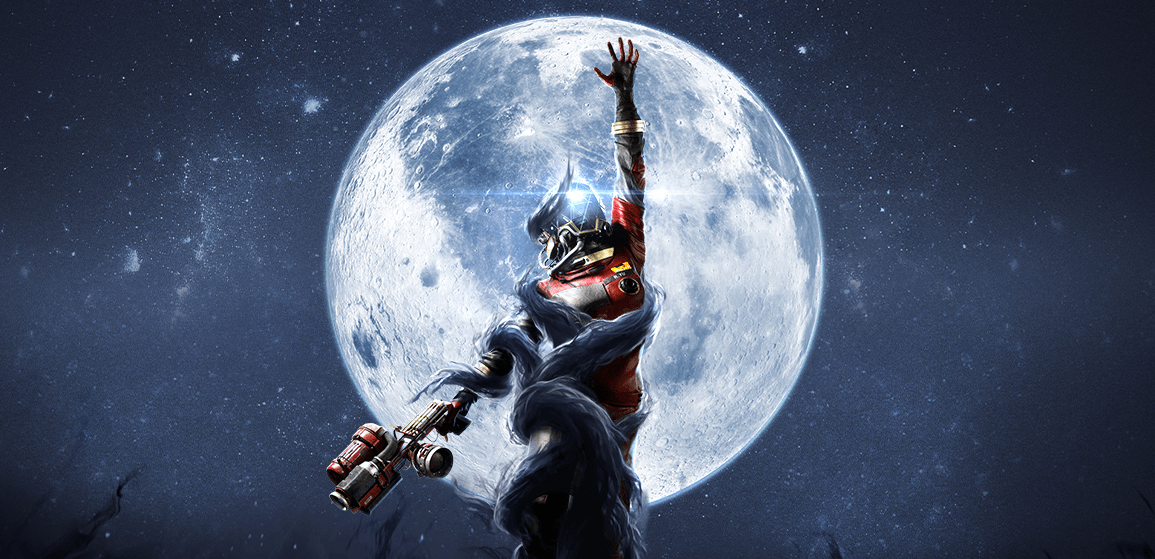
But these are only minor inconveniences in the grand scheme of things. They do not take anything away from the amazing experience of exploring an abandoned space station in 2032. I’m sure Prey was not designed to be a game you complete on a single weekend anyway. You can’t binge-play this one. You have to be fully immersed into the game world. And if you want to make things a little harder, so that the whole space adventure thingy feels more realistic, you can always increase the difficulty, either from the classic difficulty toggles or from turning on the survival challenges, turning this game into a full-on horror flick.
You can buy Prey on Xbox Store (included in Game Pass), on PlayStation Store, and on Steam.
